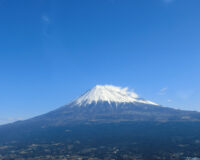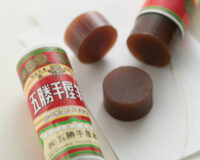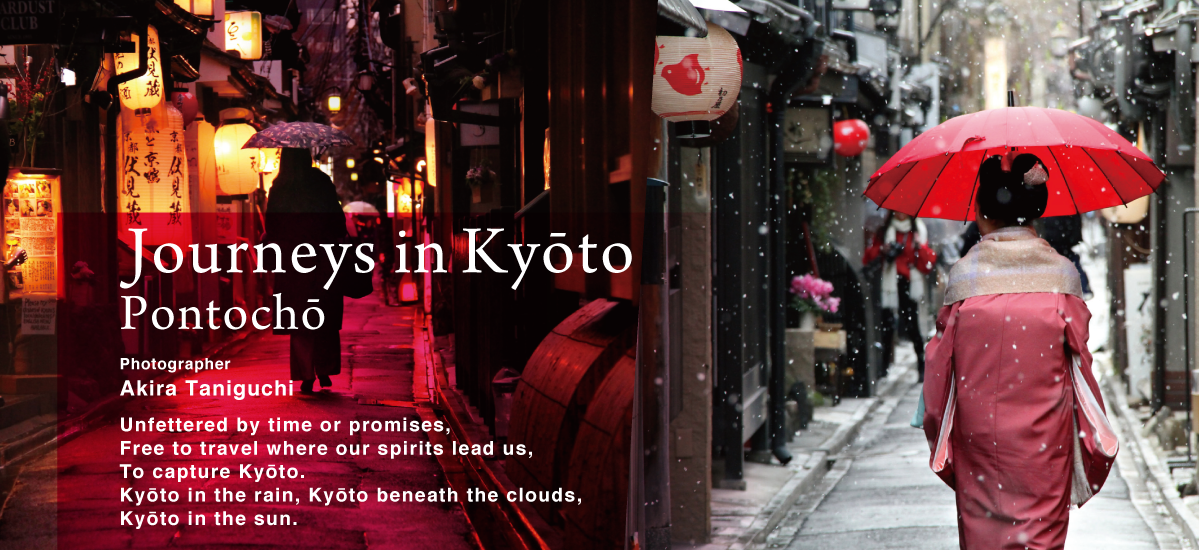
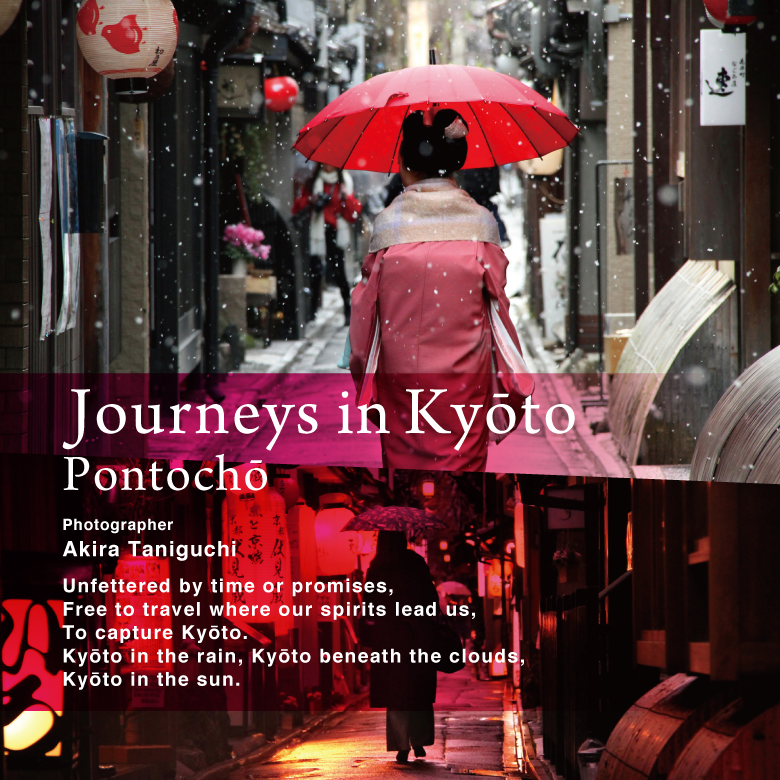
Unfettered by time or promises,
Free to travel where our spirits lead us,
To capture Kyōto.
Kyōto in the sun, Kyōto in the rain,
Kyōto beneath the clouds.
Photos : 谷口哲 Akira Taniguchi / Text : 中島有里子 Yuriko Nakajima / English Version : Judy Evans
Keyword : Geiko / Geisha / Kyōto / photography / Shintō / Pontocho / Shijo-Kawaramachi
Snow flurries in Pontochō
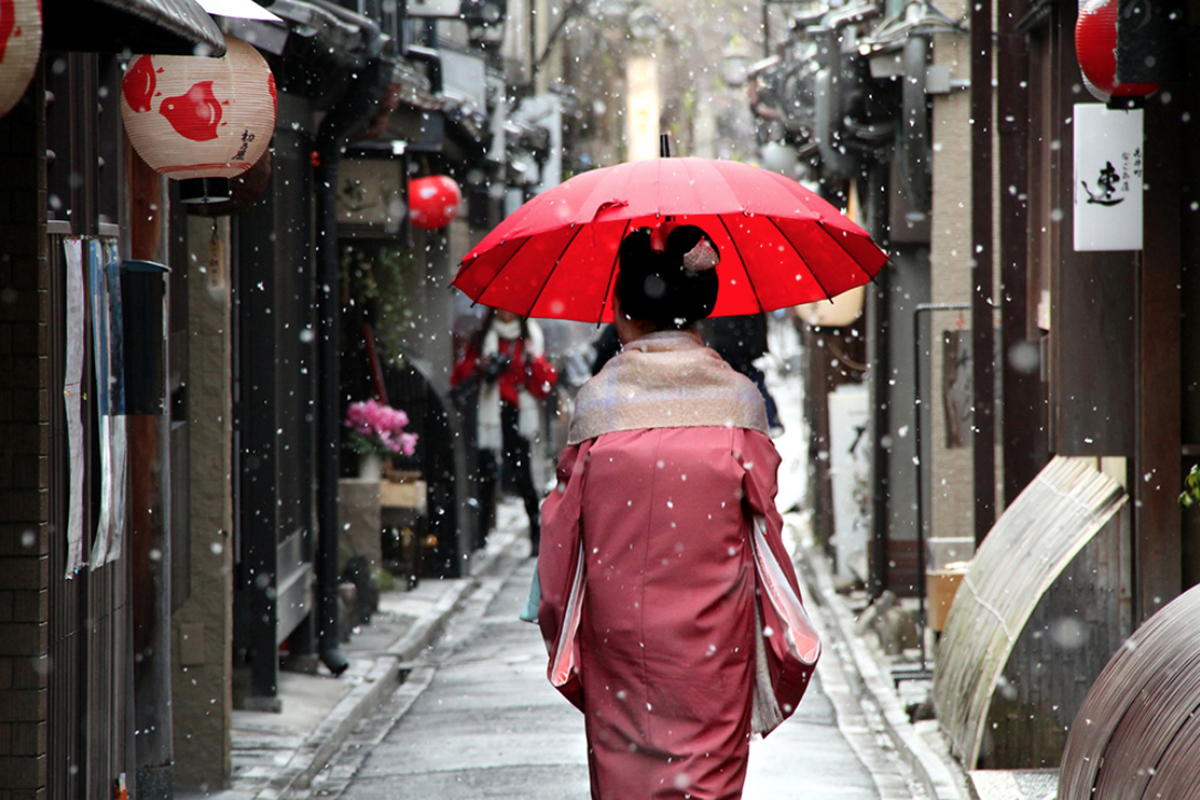
Just room enough for two – the perfect place for a romantic stroll.
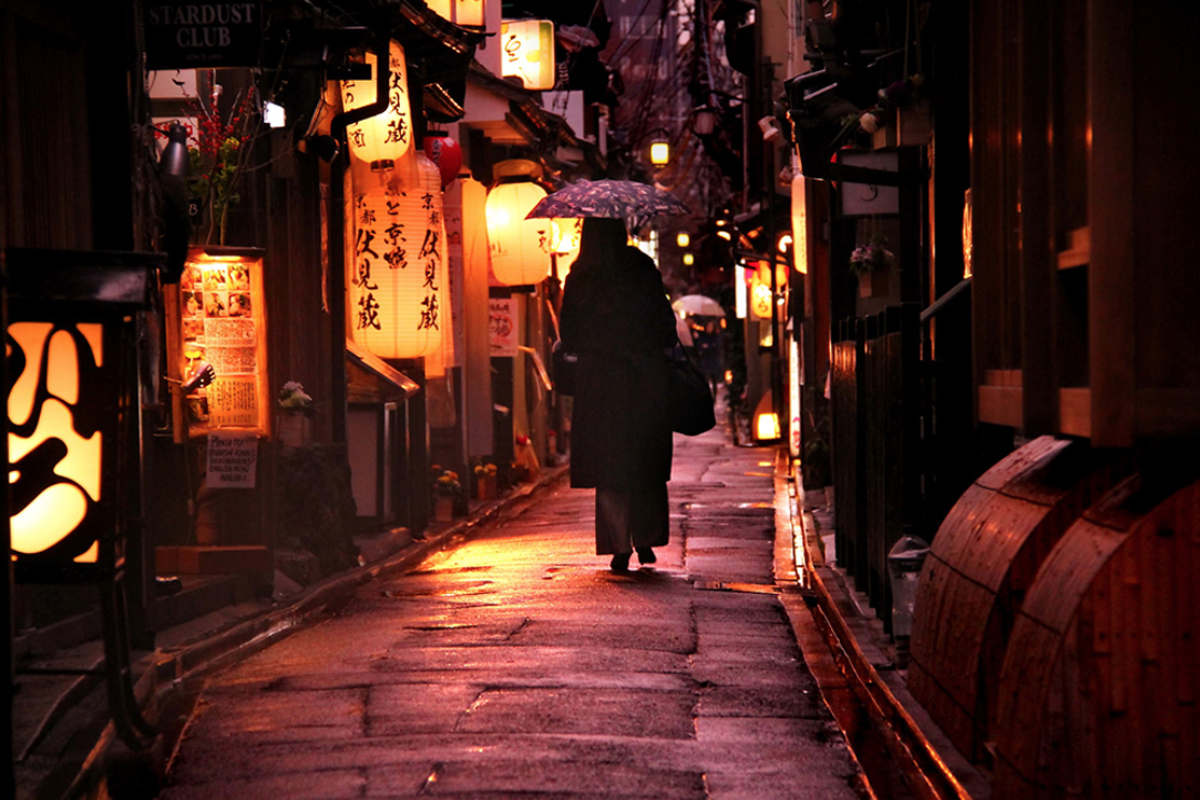
The Pontochō area is one of Kyoto’s most famous “kagai”, or geisha districts, rivalling the Gion district just across the Kamogawa River.
A long, narrow alley adjacent to Kyōto’s main shopping area of Shijō-Kawaramachi, Pontochō runs parallel to the Kamogawa River from Shijō Street almost all the way up to Sanjō Street, a distance of some 500 metres. On the western side of Pontochō is the wider Kiyamachi Street, with its willow-lined canal, while the buildings of Pontochō itself overlook the broad Kamogawa River, directly to the east of this atmospheric but easy-to-miss alley.
The land that this iconic entertainment area stands on was originally part of the Kamogawa riverbed. Pontochō was created as the result of land reclamation and the establishment of stone embankments along the river during the early Edo Period (1603-1868). Inns and tea houses were quickly established here to cater to the passengers and crews of the canal boats that plied the nearby Takase-gawa canal, which led all the way to Ōsaka.
The origin of the name, “Pontochō”, is somewhat of a mystery. The first part is said to derive from Portuguese, possibly from “ponto” (point), “ponta” (tip) or “ponte” (bridge), while “chō” means “town”. Another explanation is that the name comes from the way the area is sandwiched between the Takasegawa canal and the Kamogawa river, likening the two waterways to skins of a drum, with Pontochō squeezed in between. “Pon!” describes the sound of a drum being struck.
The elegant Pontochō streetscape, with its paving stones and traditional Kyōto machiya architecture, reflects the sensibilities and aesthetic qualities, as well as the stylish chic, of Japan’s ancient capital. Quite apart from strict planning policies put in place to protect the traditional Edo Period atmosphere, the preservation of this historical pleasure district is thanks to the spirit of the local people and their desire to pass these human and aesthetic values on to the next generation.
Pontochō Kaburenjo Theatre
Every May, the Pontochō Kaburenjō Theatre, with a history of over 140 years, comes alive as geiko and maiko (geisha and their apprentices) perform the traditional Kamogawa Odori dances – a sure sign that spring is here.
Pontochō Kaburenjō Theatre. 130 Hashishita-chō, Nakagyō-ku, Kyōto-City, Japan



